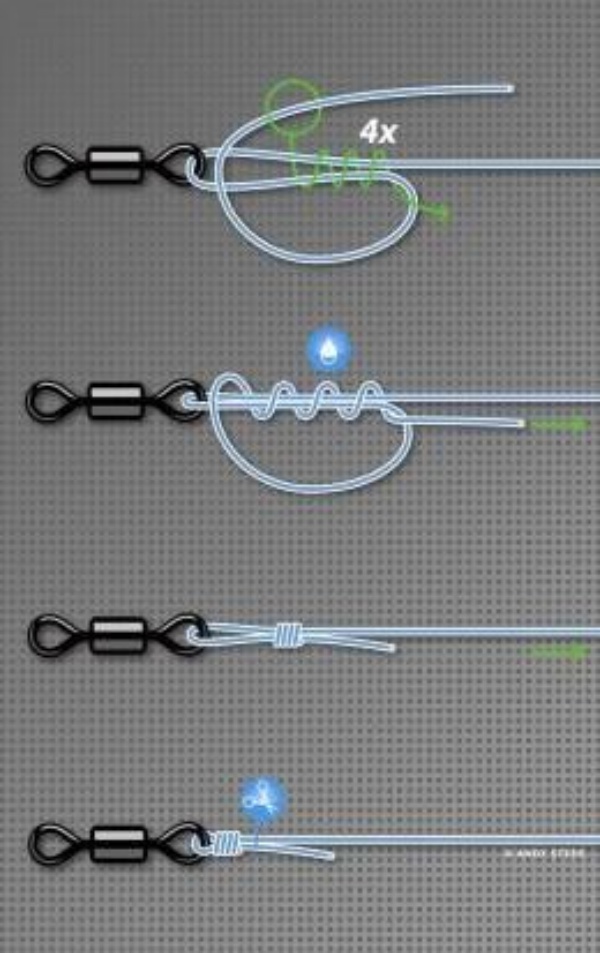
In the world of jewelry making, knots play a crucial role in the creation of beautiful and intricate pieces. Knots not only enhance the aesthetic appeal of jewelry but also ensure its durability and longevity. Whether you are a beginner or a seasoned jewelry maker, understanding various types of knots and their uses can significantly elevate your craftsmanship. This article dives into the fascinating world of jewelry knots, exploring different techniques, their applications, and tips for creating stunning designs.
The Importance of Knots in Jewelry Making

Knots serve multiple purposes in jewelry making. They secure beads, gemstones, or other components in place, preventing them from sliding and causing damage. Knots also provide flexibility and allow movement within a piece of jewelry, making it comfortable to wear. Additionally, knots add texture and visual interest, enhancing the overall design of the jewelry.
Types of Jewelry Knots
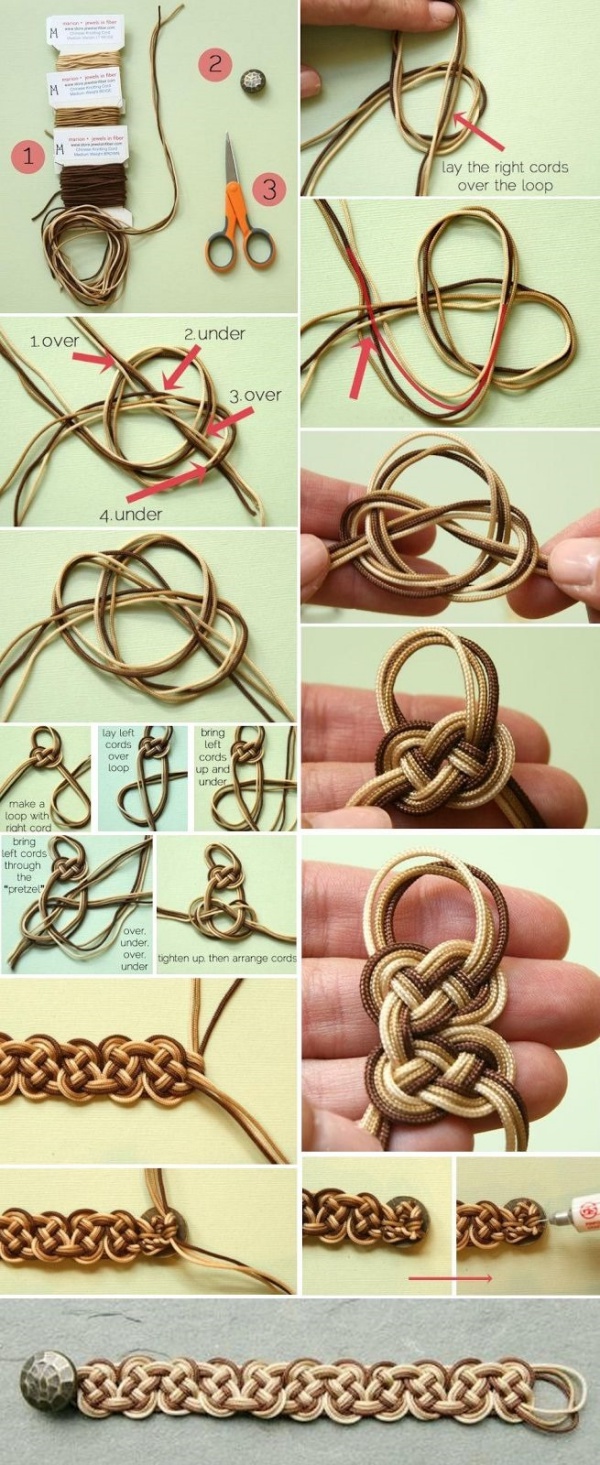
There are numerous types of knots used in jewelry making, each with its own unique characteristics and applications. Some popular jewelry knots include:
1. Overhand Knot

The overhand knot is one of the simplest knots and forms the basis for many other knotting techniques. It is created by passing one end of the cord through the loop formed by the other end. This knot is commonly used to create spaces between beads or to secure the end of a necklace or bracelet.
2. Square Knot

The square knot, also known as the reef knot, is a versatile and secure knot commonly used in jewelry making. It is created by intertwining two cords, crossing them over and under each other. This knot is ideal for joining cords or threads and creating macram?? designs.
3. Lark's Head Knot

The lark's head knot is frequently used for attaching pendants or charms to necklaces and bracelets. It involves folding a cord in half and passing the folded end through a loop, creating a secure attachment point. This knot allows for easy interchangeability of pendants or charms.
4. Surgeon's Knot
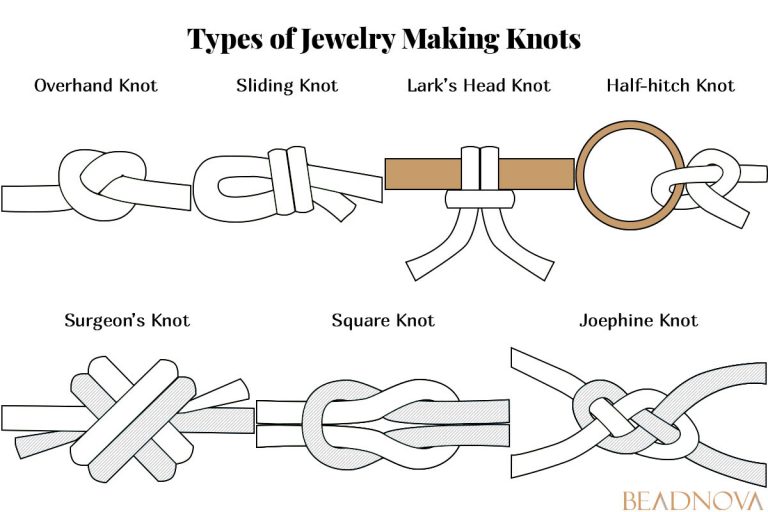
The surgeon's knot is a reliable and strong knot used for joining cords or threads of different sizes. It involves passing the ends of two cords through a loop and wrapping them around each other multiple times before pulling tight. This knot is commonly used in beadwork and macram?? projects.
5. Sliding Knot

The sliding knot is an adjustable knot that allows jewelry to be easily resized and adjusted according to individual preferences. It is created by making a loop with one end of the cord, passing the other end through the loop, and pulling it tight. This knot is commonly used in bracelets and necklaces to enable easy length adjustments.
Tips for Creating Stunning Jewelry Knots

Creating intricate and well-executed jewelry knots requires practice and attention to detail. Here are some tips to help you create stunning jewelry knots:
1. Choose the right cord or thread:

Using the appropriate cord or thread is essential for achieving desired knotting results. Consider factors such as thickness, material, and durability when selecting your supplies. Different knots may require different types of cords or threads to ensure optimal performance.
2. Practice the knots:
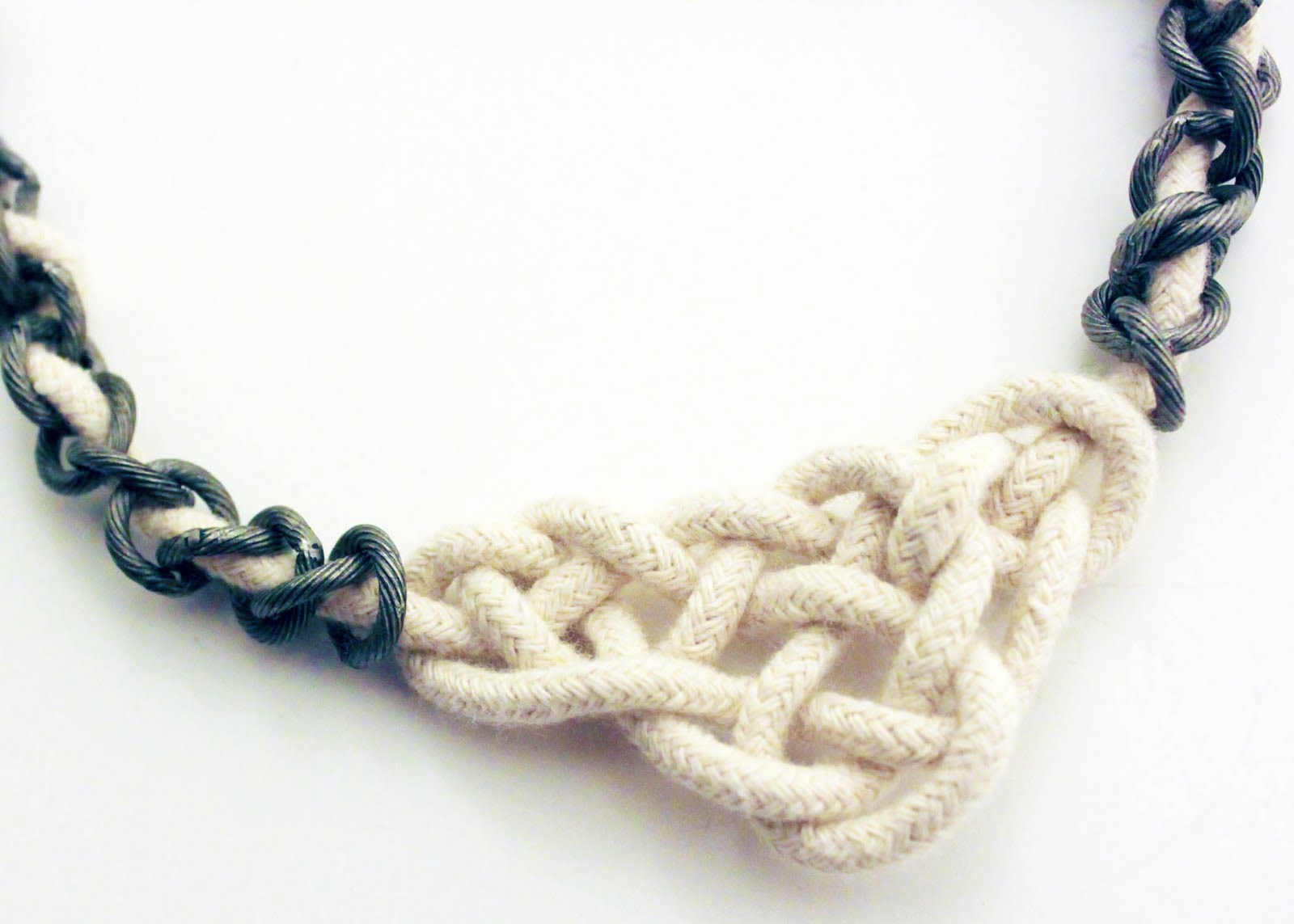
Before incorporating knots into your jewelry designs, practice them separately to familiarize yourself with their techniques. This will help you gain confidence and proficiency in executing various knots correctly.
3. Maintain tension:

Consistent tension is crucial when creating jewelry knots. Ensure that the tension remains firm but not overly tight, as excessive tension can distort the overall shape of the jewelry or cause the cords to break.
4. Use appropriate tools:

Utilize tools such as tweezers, needles, or knotting boards to aid in the knotting process. These tools can help you manipulate cords accurately and achieve precise knot placements.
5. Experiment with different knot combinations:
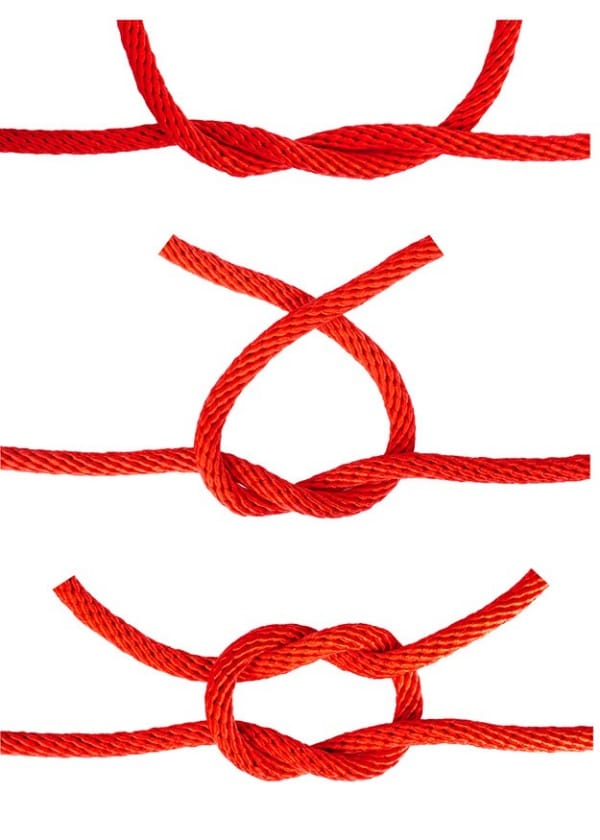
Don't be afraid to explore and combine various knotting techniques to create unique and visually appealing designs. Experimentation allows you to develop your style and discover innovative knotting patterns.
Conclusion
Jewelry knots are an integral part of jewelry making, providing both functional and aesthetic benefits. By mastering different types of knots and applying them skillfully, you can create stunning and durable jewelry pieces. Remember to choose the right cord or thread, practice the knots, maintain tension, use appropriate tools, and experiment with different knot combinations to elevate your jewelry-making skills. With patience and dedication, you can unlock endless possibilities in the world of jewelry knots.